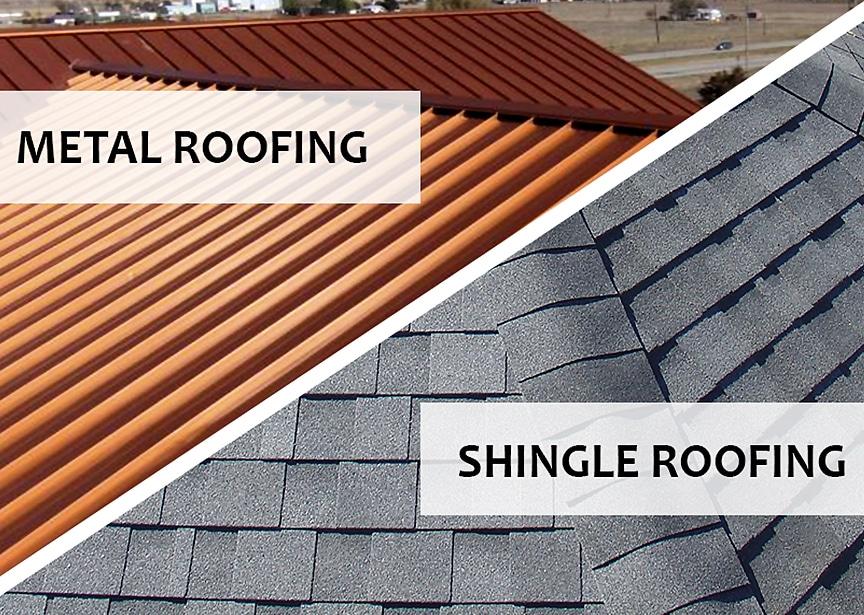When it comes to roofing options, Texas offers a wide variety of choices to suit the diverse climate and architectural styles found in the state. From the scorching summers to occasional severe storms, Texas homeowners need roofs that can withstand the elements and provide optimal protection. In this article, we will explore some of the most popular types of roofs in Texas, highlighting their unique features and benefits.

Asphalt Shingle Roofs:
Asphalt shingle roofs are the most common type of roofing in Texas and across the United States. They are popular for their affordability, versatility, and ease of installation. Asphalt shingles are available in a range of colors and styles, allowing homeowners to achieve the desired look for their homes. They offer good durability and can withstand Texas’ hot summers and occasional storms. However, they may have a shorter lifespan compared to other roofing materials.
Metal Roofs:
Metal roofs have gained popularity in Texas due to their durability and energy efficiency. Metal roofs are highly resistant to extreme weather conditions, including high winds, hailstorms, and UV radiation. They have a long lifespan and require minimal maintenance. Metal roofs are available in a variety of styles, including standing seam, metal shingles, and corrugated panels, providing versatility in design options. They are also excellent for reflecting sunlight, which can help lower cooling costs during hot Texas summers.
Clay or Concrete Tile Roofs:
Clay or concrete tile roofs are a common sight in many Texas neighborhoods, particularly in areas with a Spanish or Mediterranean architectural influence. These roofs offer a distinct aesthetic appeal and can withstand the intense heat and sun exposure in Texas. They are highly durable and can last for several decades with proper maintenance. Clay and concrete tiles provide excellent insulation, helping to keep homes cooler in the summer and reducing energy consumption.
Slate Roofs:
Slate roofs are known for their beauty, longevity, and natural durability. While less common than other types of roofs in Texas, slate roofs offer exceptional resistance to fire, wind, and extreme temperatures. They can withstand the Texas climate and can last for over a century with proper care. However, slate roofs are more expensive than other roofing materials and require professional installation due to their weight and specialized handling.
Wood Shake or Shingle Roofs:
Wood shake or shingle roofs offer a unique and rustic charm to homes in Texas. Cedar is the most commonly used material for wood roofs due to its natural resistance to insects and decay. Wood roofs provide good insulation and can withstand Texas’ heat and occasional storms. However, they require regular maintenance to prevent issues such as moss growth and rot. Some areas in Texas have specific regulations regarding the use of wood roofs due to fire safety concerns.
Conclusion:
In conclusion, Texas homeowners have a variety of roofing options to choose from, each with its own benefits and considerations. Asphalt shingle roofs offer affordability and versatility, while metal roofs provide durability and energy efficiency. Clay or concrete tile roofs offer an elegant and long-lasting solution, while slate roofs are known for their beauty and longevity. Wood shake or shingle roofs provide a unique aesthetic but require regular maintenance. Understanding roofing characteristics helps Texas homeowners choose the ideal roof based on budget, climate, and architectural style.



Leave a Reply